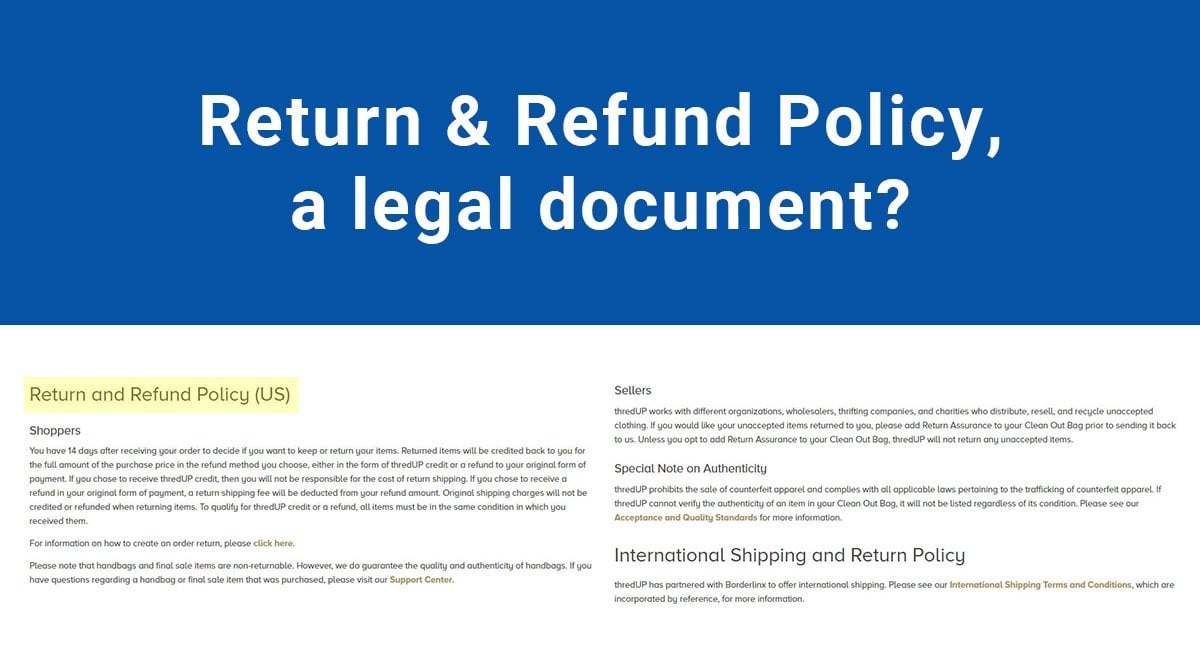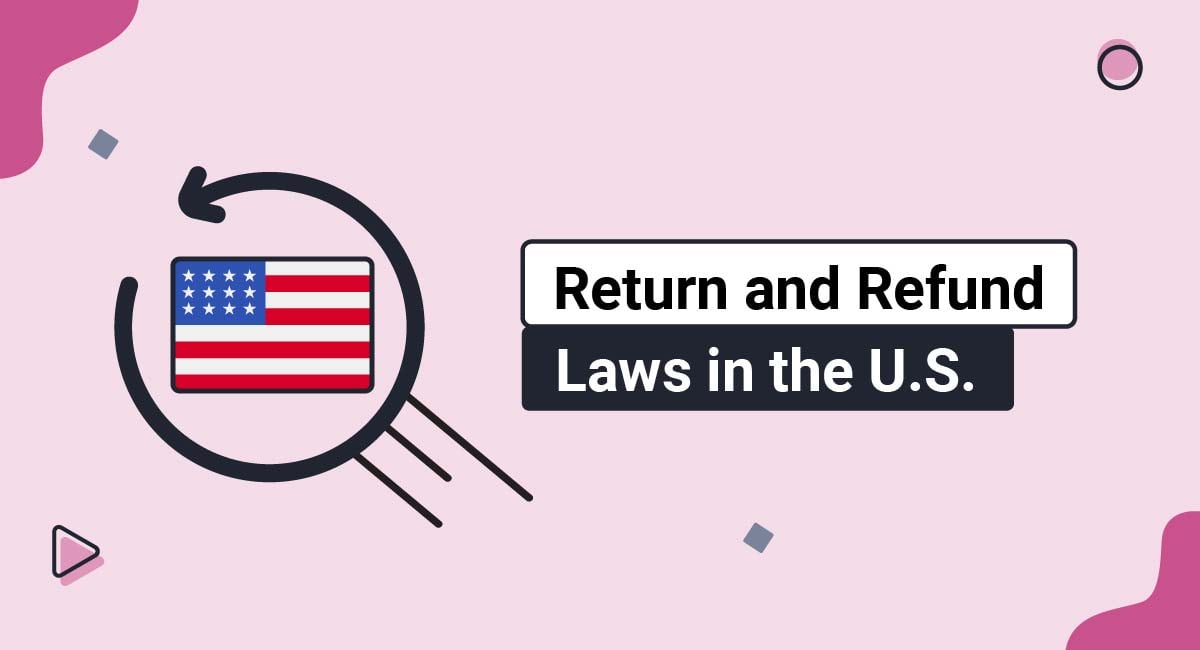Your Refund & Return Policy counts as a legal document for two reasons.
First, the Return & Refund Policy outlines terms between you and your customers.
Secondly, these terms are often accepted because they are presented in your Terms & Conditions, which is a legal agreement that's enforceable through browsewrap or clickwrap.
This article addresses the requirements, content, and purpose of a Refund & Return Policy and its differences from Terms & Conditions.
Use our Return & Refund Policy Generator to generate a Return and Refund Policy for your store. Just follow these steps:
-
At Step 1, select where your Return & Refund Policy will be used.
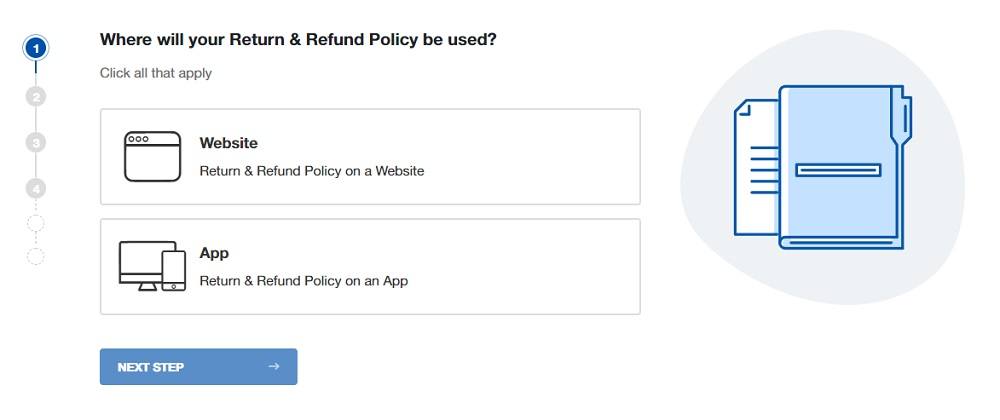
-
At Step 2, add information about your website/app and business.
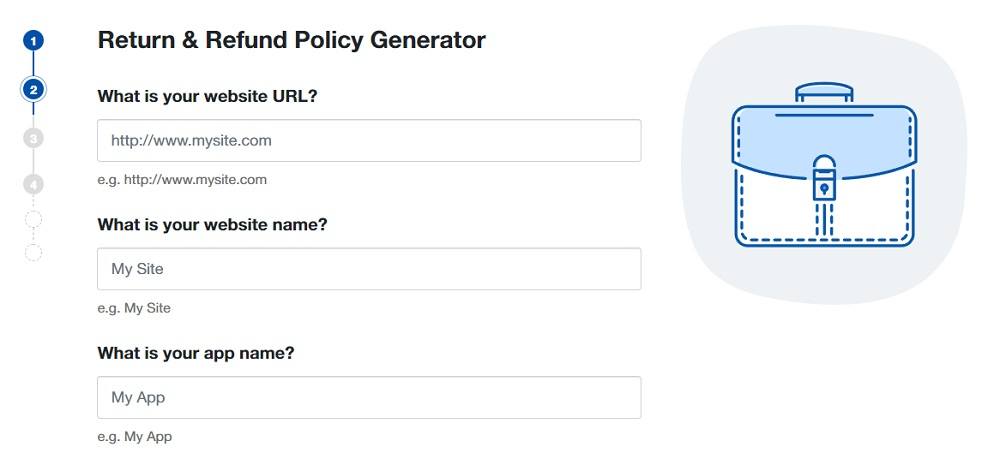
-
Answer some questions about your business practices.
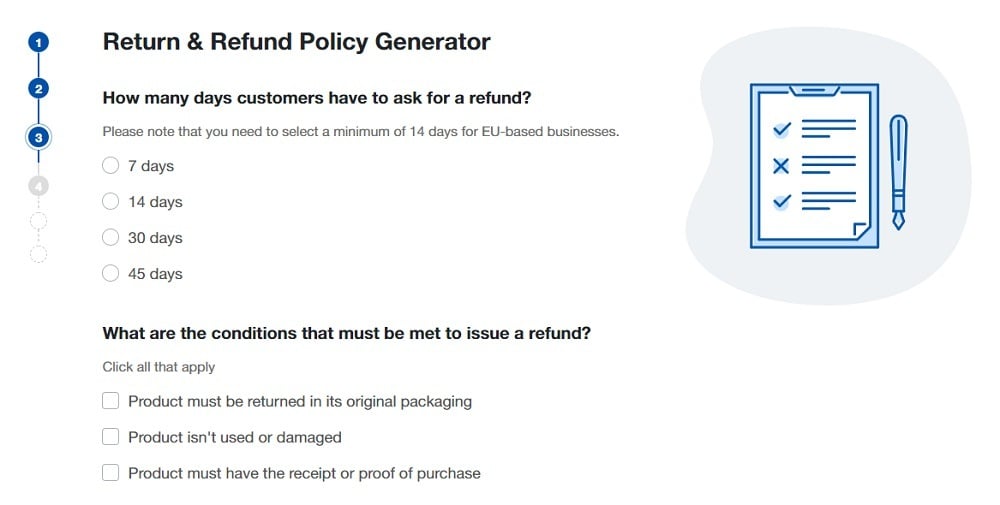
-
Enter an email address where you'd like to receive your Return and Refund Policy and click "Generate."
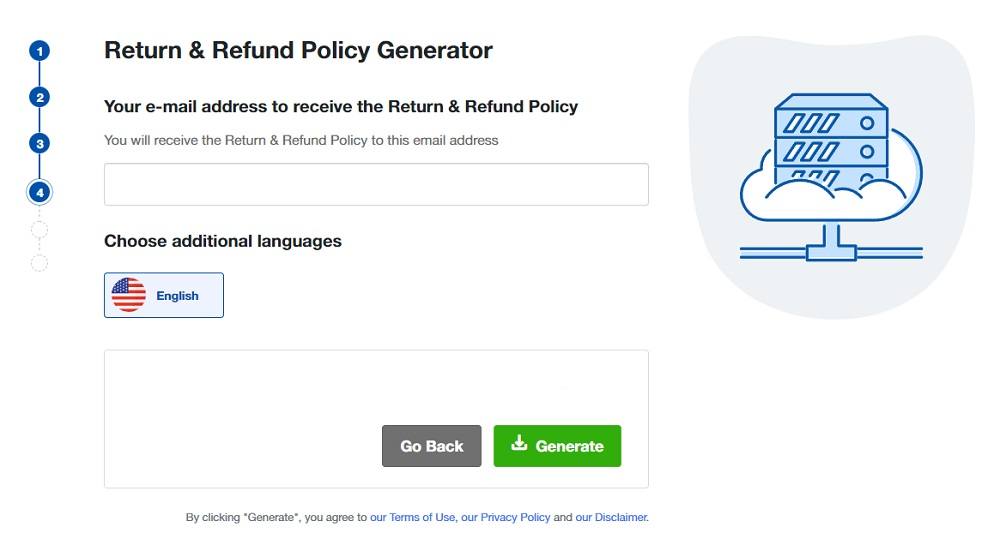
Done! You'll be able to instantly access and download your new Return and Refund Policy.
- 1. What is a Refund & Return Policy?
- 2. What Does a Refund & Return Policy Contain?
- 3. Is a Return & Refund Policy Legally Required?
- 3.1. U.S. Laws
- 3.2. Australian Laws
- 3.3. U.K. Laws
- 4. How Does a Return and Refund Policy Parallel a Terms & Conditions?
- 4.1. What are Some Similarities and Differences Between a Return and Refund Policy and Terms and Conditions?
- 4.2. How Do You Get Users Accept Your Return & Refund Policy?
What is a Refund & Return Policy?
A Refund & Return Policy, also known as a Return & Cancellation and Refund Policy, informs buyers of your terms when they are unsatisfied with the goods or services they've purchased from you.
This often applies to material items like clothing or electronics. Digital goods, like streaming music or apps, may not always have a Return & Refund Policy.
What Does a Refund & Return Policy Contain?
Return & Refund Policies are fairly simple documents. Generally, they contain following elements:
- Costs of a return or refund, for example, the customer must pay return shipping.
- Time frame to return the product.
- Form of refund, e.g. store credit or return of purchase price.
This applies mainly to material goods. Digital goods are different. Many retailers may not allow their return or may only accept them on a case-by-case basis.
These terms are often presented on a separate web page or included in the Terms & Conditions, Terms of Use or Terms of Service (referred to collectively as "T&C").
Most online retailers use both the Terms & Conditions and a Return & Refund Policy in order to assure clarity of all terms.
thredUP is an online retailer for second hand clothing. It accepts items for consignment from its customers as well as a full inventory of used clothing items.
Its Return & Refund Policy is easily located and noticeable through its Terms & Conditions page and a FAQ. This is how the Return and Refund Policy is presented in the Terms agreement:
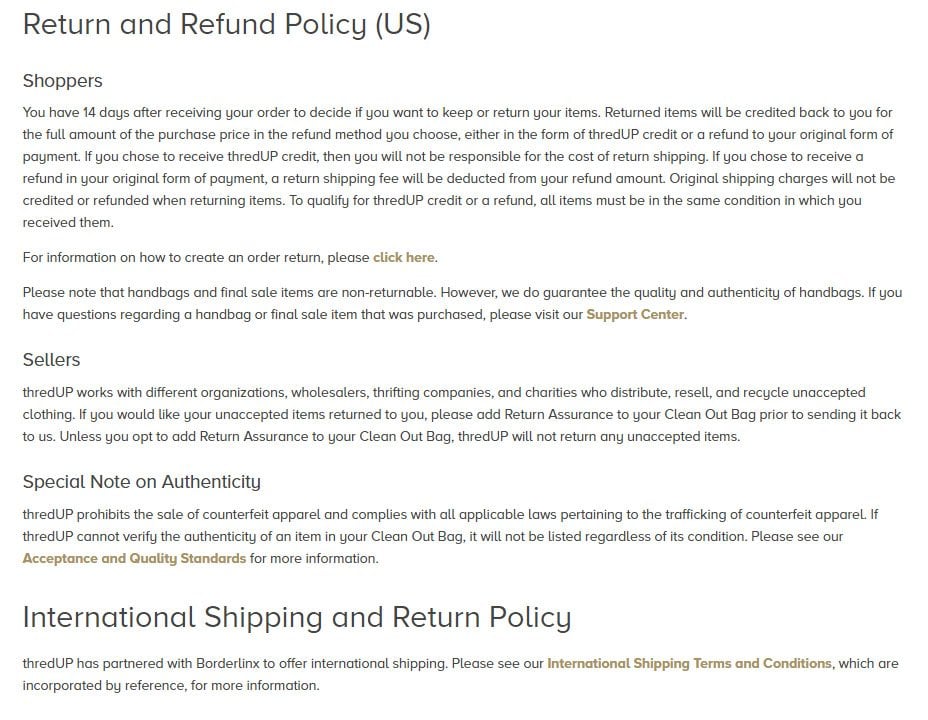
The Return Policy of thredUP contains the general elements listed earlier:
- It explains the cost of the return, which is free as long as the customer requests store credit.
- There's a 14-day timeline to return a product
- It explains that customers have the option of store credit or a refund.
These elements are repeated in its "Customer Case FAQ":
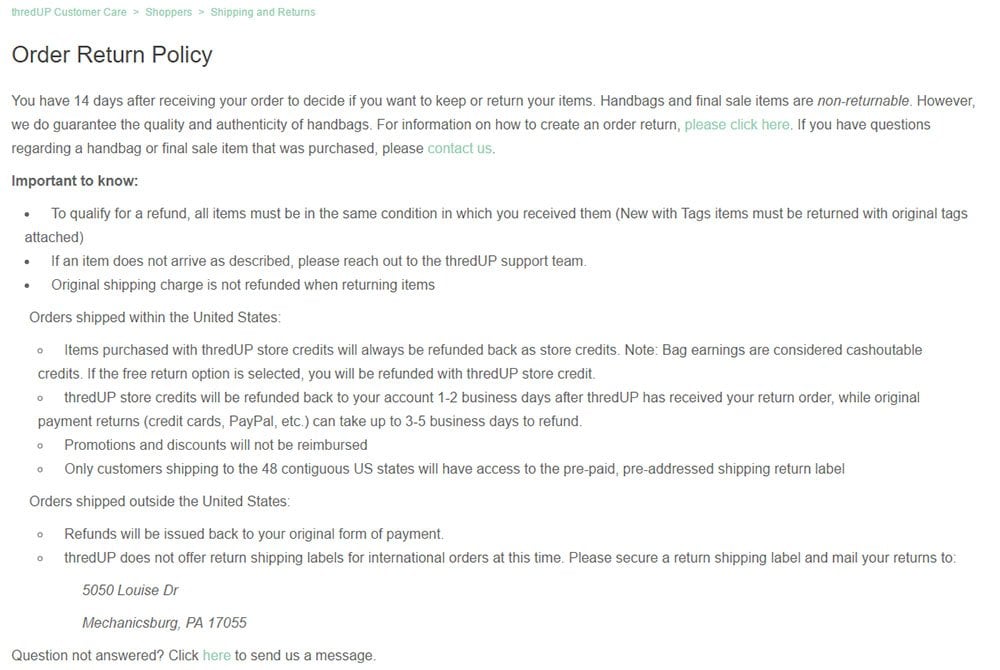
thredUp also includes a policy for "International Returns." Since thredUP is a smaller company located in San Leandro, California, shipping and returns are managed through a contractor. Some of the same details from the standard return policy are included in the International Returns policy. as well as a reference to the Terms & Conditions agreement of that contractor.
Amazon, known for its large inventory, excellent customer service, and generous return policy also takes this approach, although slightly differently.
Amazon includes a brief statement regarding returns in its "Conditions of Use" agreement and references its online Returns Center:

The Returns Center of Amazon is an efficient platform made to make this process easy for Amazon customers. It offers clear steps and answers to questions in the margin. The FAQ displays the 30-day return window in the first question:
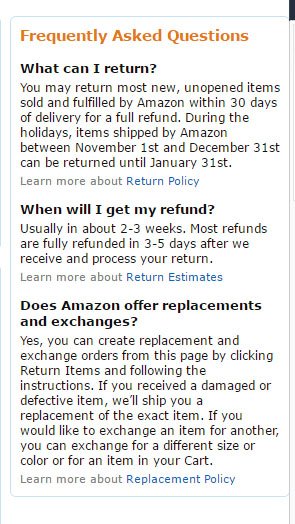
The Returns Center platform offers easy-to-navigate steps to assure an efficient return and refund:

Apple iTunes sells only digital goods. It limits refunds and evaluates requests as they arise. This is indicated in its Terms & Conditions agreement:
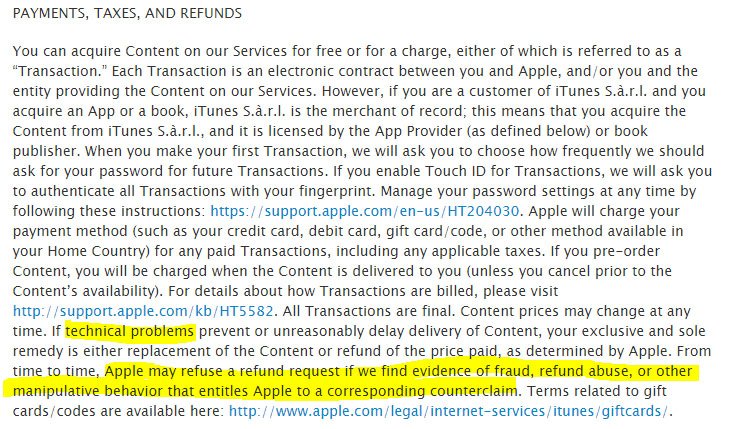
Apple also provides a platform where users can report problems and start their case to request a refund:

Unlike Amazon and thredUP, Apple does not have a particularly detailed Return Policy. That is likely due to Apple's case-by-case approach and the unique aspects of digital purchases.
Is a Return & Refund Policy Legally Required?
A Return & Refund Policy is more about good faith between you and your customers than any stringent legal requirements. Most jurisdictions leave return, refund, and cancellation terms up to individual retailers and do not require these policies.
The exception is the U.K. which entitles consumers to an return and refund under specific circumstances.
U.S. Laws

There are no federal laws requiring a Return & Refund Policy in the U.S. That includes requirements to repair defects, offer money back or minimum time limits to request a return.

The state of California sees this differently. Since consumers generally expect being able to request returns, exchanges, and refunds, the state of California offers protection beyond federal laws.
Sellers are not required to accept returns except for defective items.
If no returns, exchanges, or refunds are authorized, that must be conspicuously posted in the storefront or on the website.
Failure to follow this requirement authorizes customers to return items for a refund within 30 days of purchase.
Exceptions to California's law on Return & Refund Policy requirements include:
- Perishable goods (like food or cut flowers)
- Goods marked "as is" or "all sales final"
- Items damaged after purchase
- Customized goods
- Items without original packaging, and
- Items that cannot be exchanged for public health reasons.
While only California requires a Return & Refund Policy, Americans in all states are accustomed to them.
If you do business in the U.S., provide the policy and make remedies clear in order to preserve faith in your business practices and product.
Australian Laws

Like the U.S., Australia leaves Return & Refund Policy up to retailers. That includes timeframes, conditions, and even cost of the return.
The flexibility of Australian laws do not entitle consumers to a refund.
The laws offer more options for sellers to remedy defective goods, like allowing them to offer a repair rather than authorize a return and refund. For serious flaws, providing a replacement item is authorized.
That said, if you sell goods in Australia, you cannot make cash refunds impossible.
A policy stating that refunds are never authorized under any circumstances is illegal.
Similarly, you cannot fail to take responsibility for a defective product unless it was identified as such at the time of purchase.
While you can offer alternatives to refunds, do not dismiss a mandatory Return & Refund Policy entirely. You still need a Returns & Refunds Policy to make your terms for refunds, returns, and exchanges clear.
U.K. Laws

In the U.K., the Consumer Rights Act of 2015 controls returns, refunds, and exchanges. It is the only jurisdiction with specific legal requirements for a Return & Refund Policy.
Customers are entitled to replacement or repair if the product they purchase is defective or, if purchased online, the product received does not resemble its description online.
If the retailer is not authorized to sell a product, customers may receive funds beyond the original purchase price.
UK law also imposes minimum timeframes for requesting a return. Generally, the customer is allowed to return merchandise within 30 days of purchase. For digital content, this decreases to 14 days.
UK laws do not extend to merchandise that is not defective. If a customer wishes to return items that fail to fit or are no longer desirable, this is subject to your store discretion. Refusing a return will not put you contrary to the law.
However, you must be cautious not to mislead consumers about their rights. Doing so is a criminal violation under the Consumer Protection from Unfair Trading Regulations law that passed in 2008.
Avoid stating that you never issue refunds, that you only authorize returns, only authorize "as is" sales or only offer store credit rather than cash back. Being this limiting runs contrary to U.K. law.
If you sell items to U.K. consumers, a written Return & Refund Policy helps you stay compliant with the law and makes it easier to check for compliance. Just as with the U.S. and Australia, it also enhances goodwill with your customers.
How Does a Return and Refund Policy Parallel a Terms & Conditions?
While the Return & Refund Policy may be stated in the Terms & Conditions, they are not the same document.
The Return & Refund Policy can be a separate legal document and a part of the Terms & Conditions.
The Terms & Conditions sets out rules for purchasing from an online retailer including payment terms, customer registration benefits, website access, as well as return, exchange and refund policies.
A Return & Refund Policy is limited to the terms of the return, exchange or refund.
These are normally compatible, unless they contain contradicting terms - a circumstances you must avoid.
What are Some Similarities and Differences Between a Return and Refund Policy and Terms and Conditions?
The Terms & Conditions and Return & Refund Policy set out expectations.
These agreements explain the terms of purchasing from the website. Since they are agreements between the website and its users, they are both legal documents.
Among the differences is presentation.
While the Terms & Conditions is a traditional legal agreement, the Return & Refund Policy is often presented in plain language page or a FAQ site.
Customers frequently skip reading the Terms & Conditions agreement unless they face a problem. However, almost all your potential buyers will visit the Return & Refund Policy page of your ecommerce store since returns and refunds are such commonplace when shopping online.
Duplicating material in both agreements assures clarity.
However, it also means you need to draft them carefully and check for contradictions. If you wish to make both a Return & Refund Policy and Terms & Conditions available to your users, they need to contain the same terms concerning returns and refunds.
Another difference is acceptance of the terms.
Many times, the Terms & Conditions includes language of Return & Refund Policies because most websites use clickwrap to assure the user accepts the Terms & Conditions agreement.
This is a not common practice with the Return & Refund Policy.
How Do You Get Users Accept Your Return & Refund Policy?
Unfortunately, even retailers as detailed as Amazon and thredUP do not include the Return & Refund Policy with their clickwrap designs.
They are willing to refer to the Terms & Conditions, which is likely why many agreements contain Return & Refund Policy terms or incorporate the policy by reference.
These are the clickwrap conditions with Amazon. The references underneath the "Place your order" button are limited to "Conditions of Use" (their title for the Terms & Conditions agreement) and the Privacy Policy:
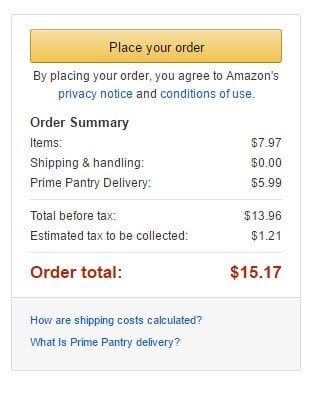
thredUP does not make any references to its Return & Refund Policy, Terms & Conditions agreements or any other agreements. It does provide the links to the Return & Refund Policy in a conspicuous way:
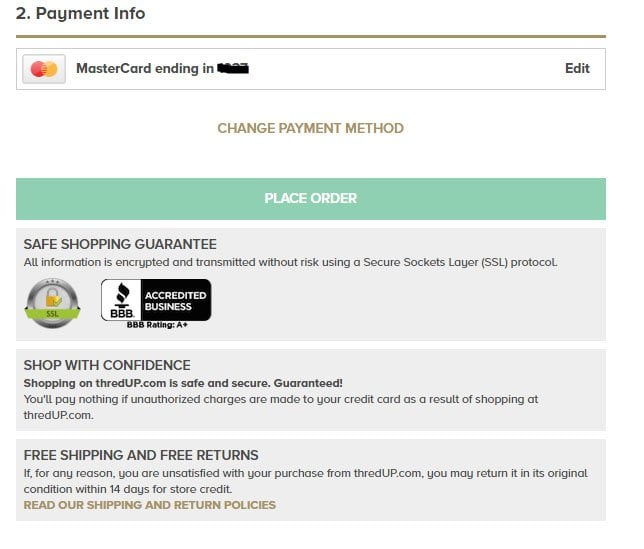
In these examples, accepting the Terms & Conditions through clickwrap also technically accepts the terms of the Return & Refund Policy.
However, you may find transactions easier to handle if you specifically reference the Return & Refund Policy rather than rely on incorporation by reference.
Add a checkbox or a clickwrap reference to the Return & Refund Policy. While this has not caught on, it offers additional reassurance and makes it easier to enforce your agreements.
Also, make your Return & Refund Policy easy to find, read, and follow. Place links to it on your website in the header or make it a clear heading in a FAQ. Include a link at your checkout page. too.
A link in the header of your website is helpful. This is what thredUP does:

Another good practice, even though the Return & Refund Policy is technically accepted by this time, is to provide a hard copy of the Return & Refund Policy with the shipped goods.
That way, if a customer discovers flaws upon delivery, they are able to act on a return quickly with instructions readily available. Include a return shipment label too, if possible. Your customers will very much appreciate this and even if they return their goods, they'll be left with a positive view of your company even if they thought the product was sub-par.
Your Return & Refund Policy is a legal agreement that also exists out of maintaining transparent business practices and good customer relationships. It's a legal agreement with terms binding both you and your customers.
However, it's also one you want to enforce consistently and with sensitivity. Many customers will decide whether to buy from you at all - or again in the future - based on the generosity of your Return & Refund Policy.

Comprehensive compliance starts with a Privacy Policy.
Comply with the law with our agreements, policies, and consent banners. Everything is included.
